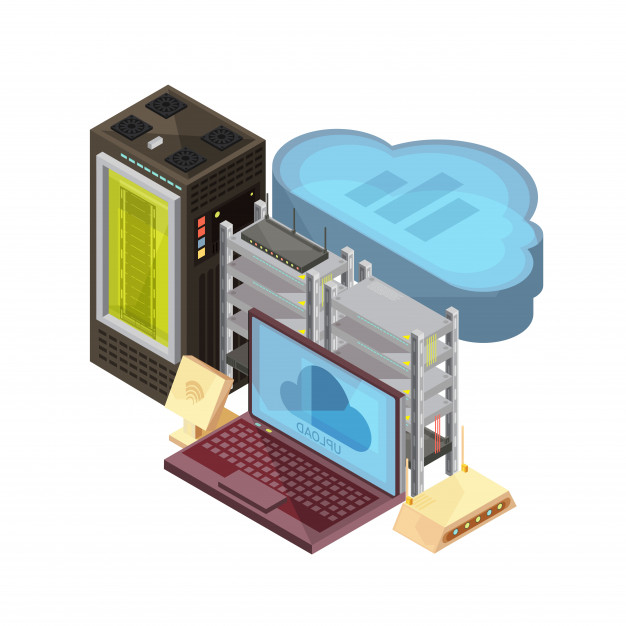Evolve With The Cloud
MOVING TO THE CLOUD
With the evolution of the cloud there is now no reason to use local storage. Moving to the cloud means cost reductions, seamless app integration and more efficiency for businesses.
It delivers an improved method of managing growing storage needs and reducing hardware costs with no physical server or maintenance required.
The cloud also provides a higher level of collaboration and communication between colleagues, with mobile data protection, the ability to access and edit content through any device, email, calendars, and file storage and sharing.
EVOLUTION OF CLOUD
Before they evolved into their current sophistication, cloud instances were essentially empty machines. If they had any software at all, it was a standard open source operating system. It was completely blank, and it was your job to fill it up.
Recently technology has advanced so we can do more with data than just store it in a cloud. For example Office 365 is a line of subscription services by Microsoft that offers you so much more. Some of the applications Microsoft offers are already familiar to everyone, like Word and Excel. But there is also handy apps like Flow, a service that connects and automates actions across your favorite apps and services. You can seamlessly work between different apps, instantly respond to important notifications or emails, easily collect data about your business to then share with your team, and more. Another highly useful Office 365 product is SharePoint, which allows you to manage a library of content and applications in one place that is easily shareable by syncing and storing files in the cloud so anyone can work securely.
There is also G Suite as an alternative, a collection of cloud computing, productivity and collaboration tools and products developed by Google. This includes Hangouts Chat which helps teams collaborate easily, get their work done in one place and also makes it simple to track progress and tasks. G Suite also has Vault, which archives corporate data from G Suite products, enabling businesses to track and keep logged data while being able to find valuable information quickly with Google-powered search even from suspended accounts.
Microsoft and Google give you Office 365 and G Suite respectively, as office suites that are managed and run in the cloud with standard apps. Amazon Web Services, Microsoft Azure and Google Cloud have a wider range of capabilities, they allow you to run your platform as a service with the ability to create custom apps and publish them.
AWS, Azure and Google Cloud are sets of cloud services that allows you to build, manage and deploy applications on a massive network; and you can use them with your preferred tools and frameworks. Azure supports open source technologies, so you don’t have to use the Windows apps and services in Office 365 if that is not your choice. The same applies to Google: G Suite is for people who want to use Google’s software, Google Cloud Platform is a set of services for people who want to build software and run their own applications.
The point of all these products is to not only use the cloud for storing and backing up data, but to also get more analysis and value from that data.
In recent years the process of cloud migration has also been evolved and simplified significantly with products like MigrationWiz and Cloudsfer.
Instead of struggling to master and deal with migration issues, a service like Cloudsfer just handles it for the consumer, making migration easier than ever and transferring files anywhere hassle-free. The same goes for MigrationWiz which can be accessed any time and anywhere. The customer signs up, configures and initiates their mailbox, document, personal archives, public folders and cloud storage migration projects from a single user-interface.
Everything is more easily usable because the hard work is not done by the consumer, with no special training or certifications required and no hardware or software to install and maintain.
MIGRATING TO THE CLOUD DOESN’T MEAN DATA IS AUTOMATICALLY BACKED UP IN THE CLOUD
We’ve grown from just making a backup in the cloud to protect our data.
As years passed and technology changed we learned how we can do more than just a backup in the cloud and found it’s better now to just ditch local storage completely and conduct our work entirely on the cloud. But many people after upgrading from local storage, make the mistake of assuming that data is backed up just because it is on the cloud.
How many people have assumed at one point that now all their data is in the cloud and in one convenient place, that it is safe? Well it’s not, data should never be in one place whether that is in local storage or in the cloud. This is why having cloud to cloud backup is so important. Cloud to cloud backup means backing up files to a secondary cloud. This ensures that if your data is compromised you are not helpless because all your files were only in one place.
Now that you know why moving to the cloud has so many benefits for you, contact CROFTi to set you and your business up with Cloud Migration.




